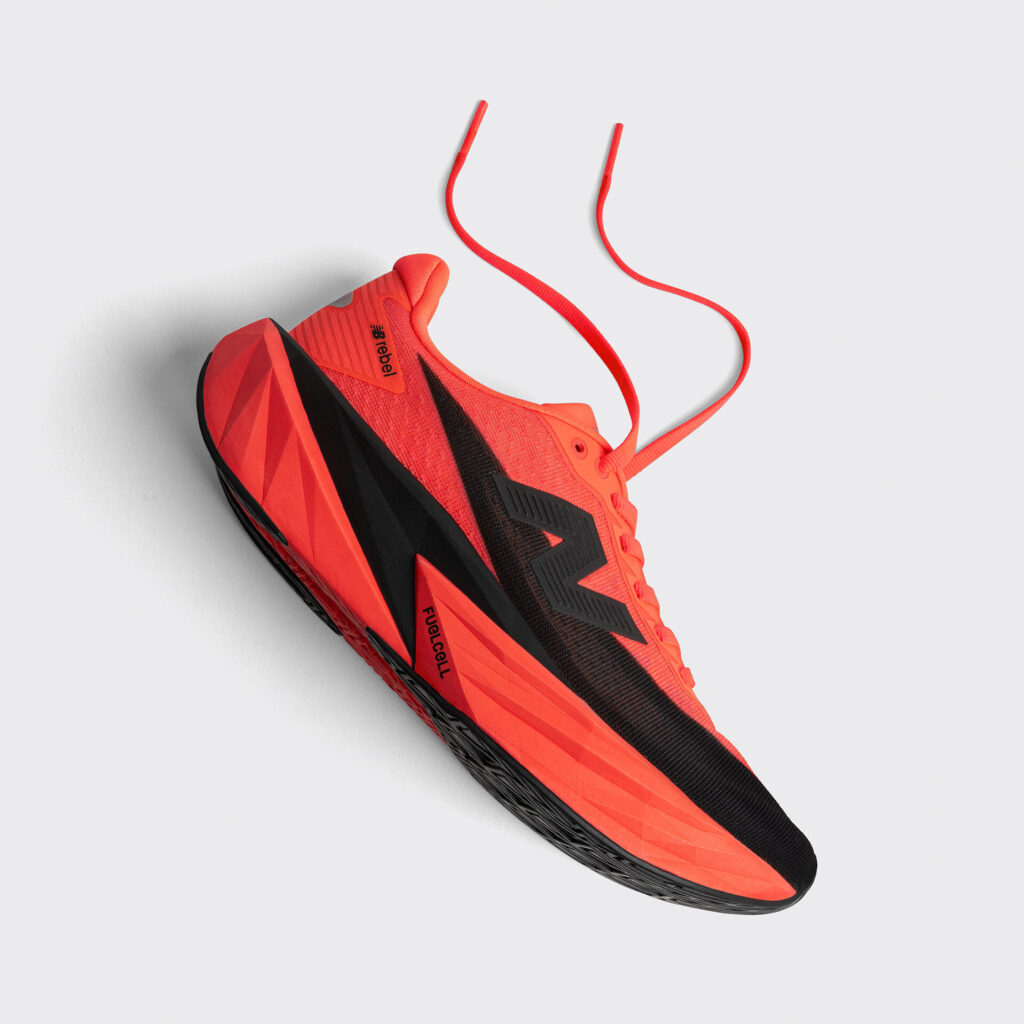How to Stay Hydrated
Before your workout: Start drinking water at least 15 minutes prior to any activity.
During your workout: Try to down 250mL of water for every 20 minutes you exercise.
An easy way to see if you’re drinking enough is to use the urine test. The clearer, the better. If your pee looks more like iced tea than lemonade, you’re dehydrated.
Are You Sweating Too Much?
Here’s how to find out for sure: Weigh yourself before and after a workout, and subtract the weight of any water you drank while exercising.
For every pound you’ve lost during a workout, drink 16 ounces of water. Then remember that guideline for your next workout.
So if you’re 0.5kg lighter after an hour-long run, drink 1 litre more before or during your next workout.
If the difference between your before and after body weights is 2 per cent (for example, 1.5 kilos for a 80-kilogram man), your athletic performance suffered.
What to Drink
Water’s best for most workouts, but if you’re really sweating – working out for longer than 30 minutes, usually – a sports drink may be your best bet.
These drinks offer potassium, sodium, and other electrolytes to replenish the minerals lost through sweat. And the carbohydrate concentration in sports drinks allows them to be absorbed by the body up to 30 per cent faster than water, meaning your energy is restored quicker than with plain H2O.
Whatever you drink, take it cold and in frequent, small amounts. This proven strategy guarantees your fluids will be absorbed in less time – leaving you energised and well hydrated.
This article was originally published on MensHealth.com













